Undergraduate | Laboratory of Marine Geology & Physical Oceanography
During the four year course the geology undergraduate students attend the following Marine Science curricula:
Marine Geology (2nd year/2nd semester, 12 lectures of 4 hours each)
-
An introduction to the physical and sedimentary geology of the continental margins and ocean basins.
-
Shelf, slope and basin sedimentation processes.
-
Mass movementprocesses.
-
Geotechnical properties of shelf and slope deposits.
-
Offshoregeological hazards.
-
Essentials of sound physics.
-
Description of high resolutionmarine geophysical techniques to investigate modern sediments.
-
Interpetation ofhigh resolution continuous reflection data for the purpose of studyingstructural and sedimentological processes.
-
Identification of offshoregeological hazards in seismic records. Stratigraphic interpretation (seismic sequences and facies).
Coastal Geomorphology (2nd year/2nd semester, 12 lectures of 4 hours each)
-
Waves in deep and shallow waters, wave refraction, wave induced currents.
-
Size andphysical properties of coastal sediments, hydraulic behaviour of sediments,sediment transport, coastal budget.
-
Beach profiles and wave energy, beachprofiles and sediment transport, beach landforms (cusps, bars, spits,headlands), cliffs.
-
Coastal geomorphology and Quaternary sea level changes.
Physical Oceanography (2nd year/2nd semester, 12 lectures of 4 hours each)
DescriptiveOceanography
-
Seawater: its composition and properties.
-
Temperature,salinity and density distribution.
-
Water masses, T-S diagrammes.
-
Mixingprocesses.
DynamicOceanography
-
The basic principal laws in Oceanography.
-
Equation ofmotion in Oceanography.
-
Currents without friction (geostrophic flow).
-
Currentswith friction (wind driven circulation).
-
Large scale wind and thermohalinecirculation.
-
Field and laboratory techniques for the aquisition, analysis andinterpretation of oceanographic data (temperature/salinity, currents, waves and tides).
Environmental Oceanography (4th year/1st semester, 12 lectures of 4 hours each)
-
Pollution and pollutants.
-
Organic wastes
-
Oxygen budget
-
Enrichment-eutrophication
-
Oceanographical factors controlling wastedispersion
-
Oceanographic and geological criteria for outfall site selection. Solidwastes
-
Oceanographical and geological criteria for site selection for thedumping of solid wastes
-
Transfer processes of heavy metals in sediments
-
Pollution assessment methods.
-
Radioactive wastes, deep sea disposal ofradioactive wastes.
-
Oil spills
-
Halogenated hydrocarbons.





